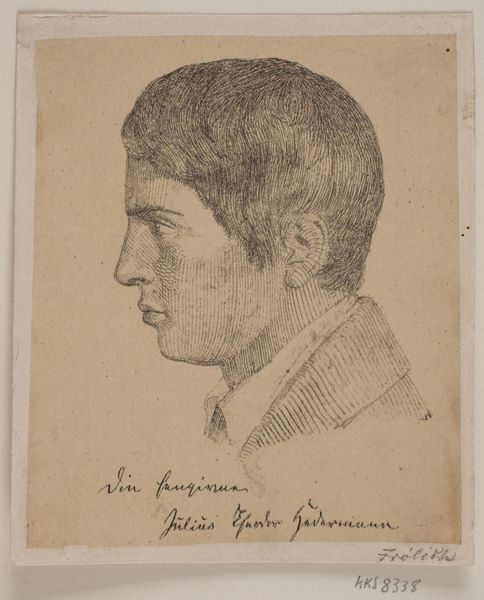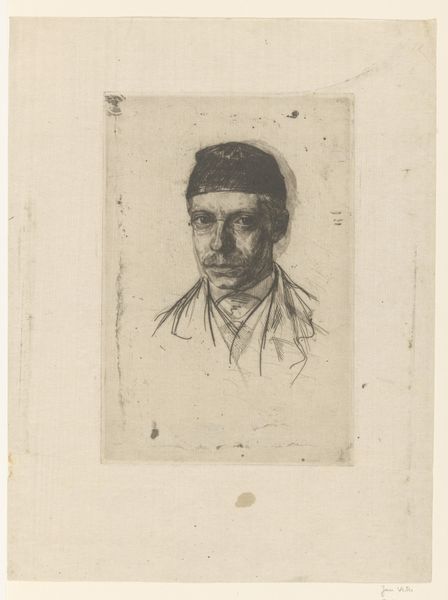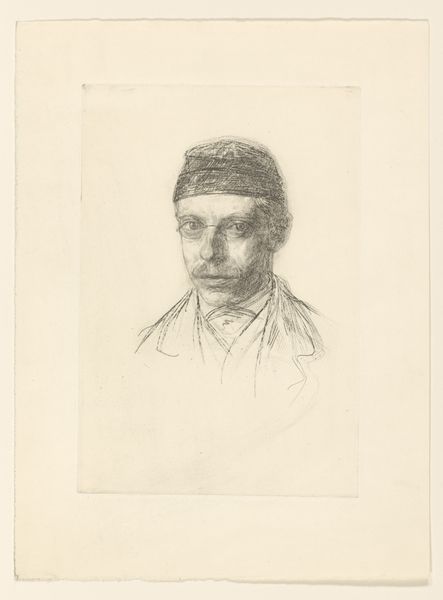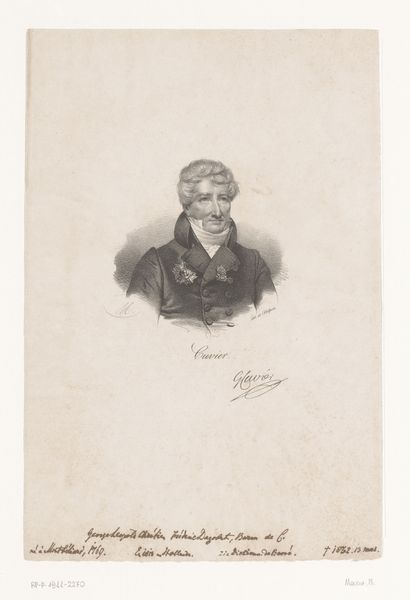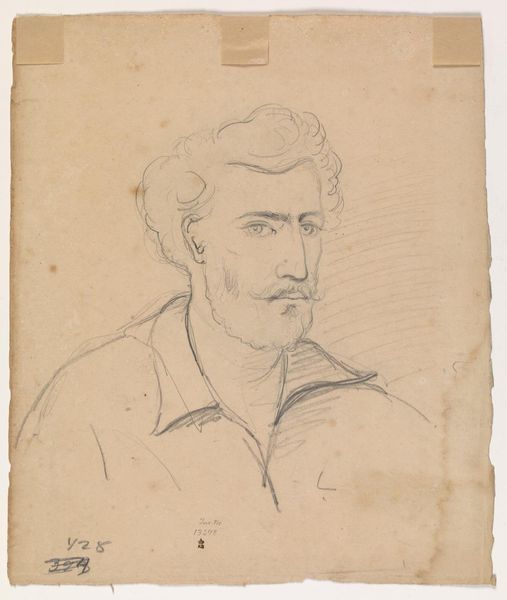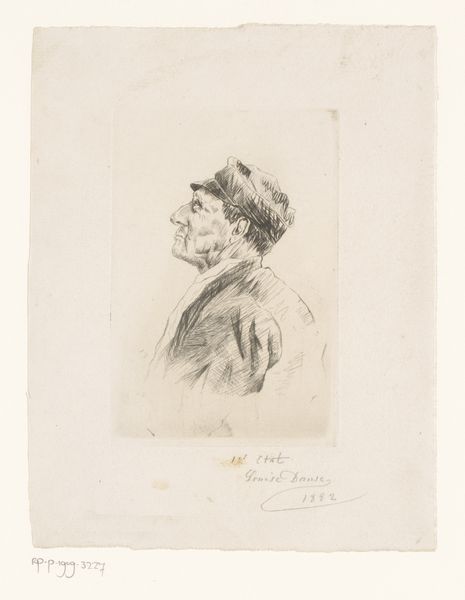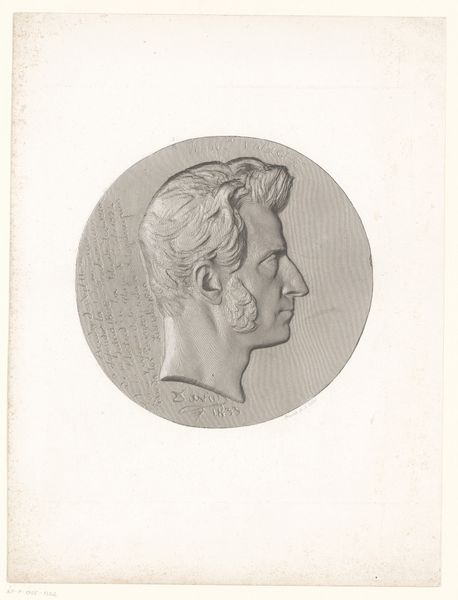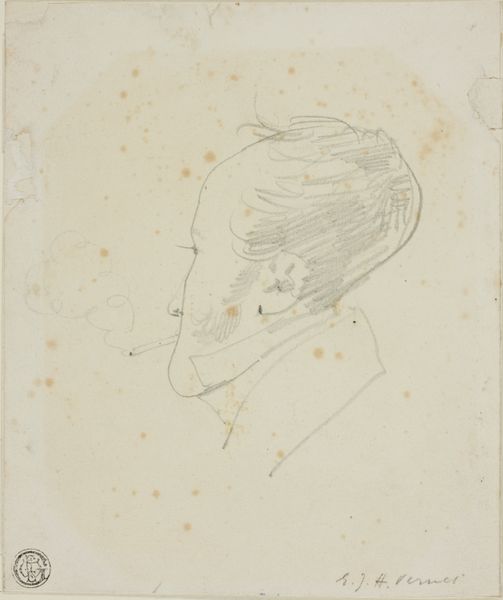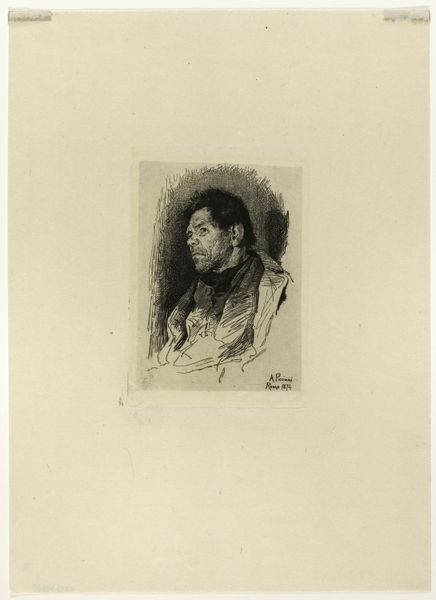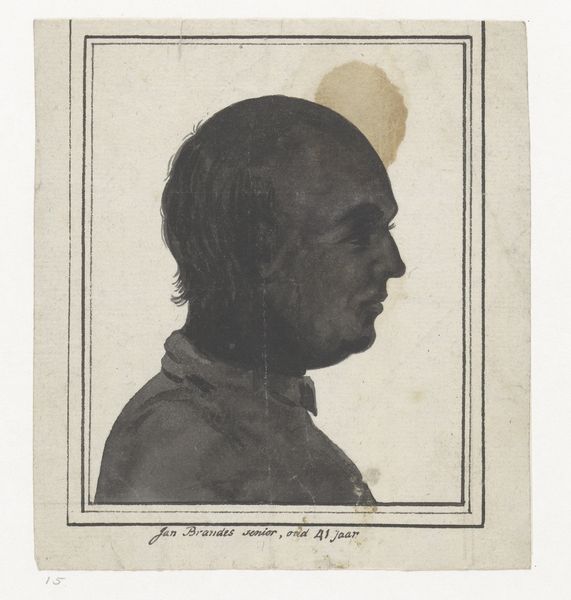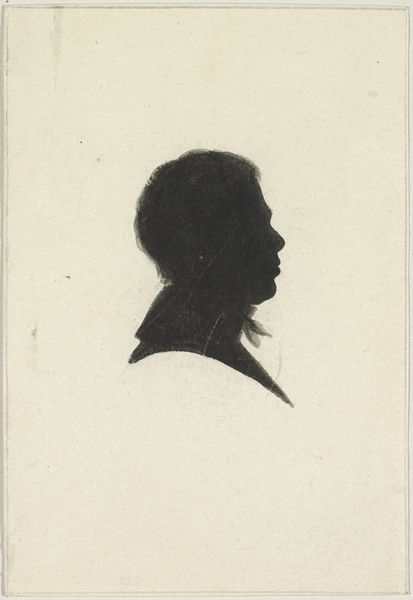
print, engraving
#
portrait
# print
#
pencil drawing
#
romanticism
#
portrait drawing
#
engraving
Dimensions: 106 mm (height) x 89 mm (width) (plademaal)
Curator: This print from 1840 is titled "Julius Theodor Hedermann," created by Lorenz Frølich. It's held at the SMK, the National Gallery of Denmark. What strikes you immediately about it? Editor: It's the precision of the engraving that grabs me. Look at how those meticulously etched lines on a grounded paper establish form, particularly defining the sitter’s profile and rendering depth across such a narrow value range. Curator: Absolutely. Frølich was working within a tradition of portraiture heavily influenced by Romanticism. Prints like these gained popularity because they democratized art and fame. A collector class formed alongside the industrial processes for reproduction. These prints would circulate and reinforce social hierarchies while documenting figures for posterity. Editor: Indeed, the mechanization of reproduction techniques transformed how images were circulated. Think about the artist's labor involved. Transferring an image from a sketch to an engraved plate took a specialist craft, it's a reminder that artmaking at the time involved many more hands and far more preparation than we give credit. The precision also speaks to standards of the time. Curator: That speaks to the public role of portraiture, yes. And it shaped social expectations and influenced how individuals were perceived and remembered in a rapidly modernizing world. The sitter, though not known to modern audiences, was very likely a man of significance in Danish society at that time, and that drove production and guaranteed audiences for this art. Editor: The choice of medium isn't neutral, of course. Engraving elevated what might otherwise have been considered mere sketches or preparatory studies. The printing presses could churn these portraits out, fulfilling a demand. You can see why the social implications became huge. It represents industrial shifts rippling across portraiture, altering value judgments, the role of artistic labor, and how identity was recorded. Curator: Right, engravings helped create and cement reputations. And beyond artistic considerations, they highlight evolving class structures within art production and reception itself. I’ve always found Frølich’s engagement with contemporary figures incredibly insightful. Editor: For me, it's seeing that interplay between artistic skill, the physical nature of engraving and the socio-economic contexts intertwined in a simple profile that keeps me thinking. Thank you for drawing my attention to these details!
Comments
No comments
Be the first to comment and join the conversation on the ultimate creative platform.
